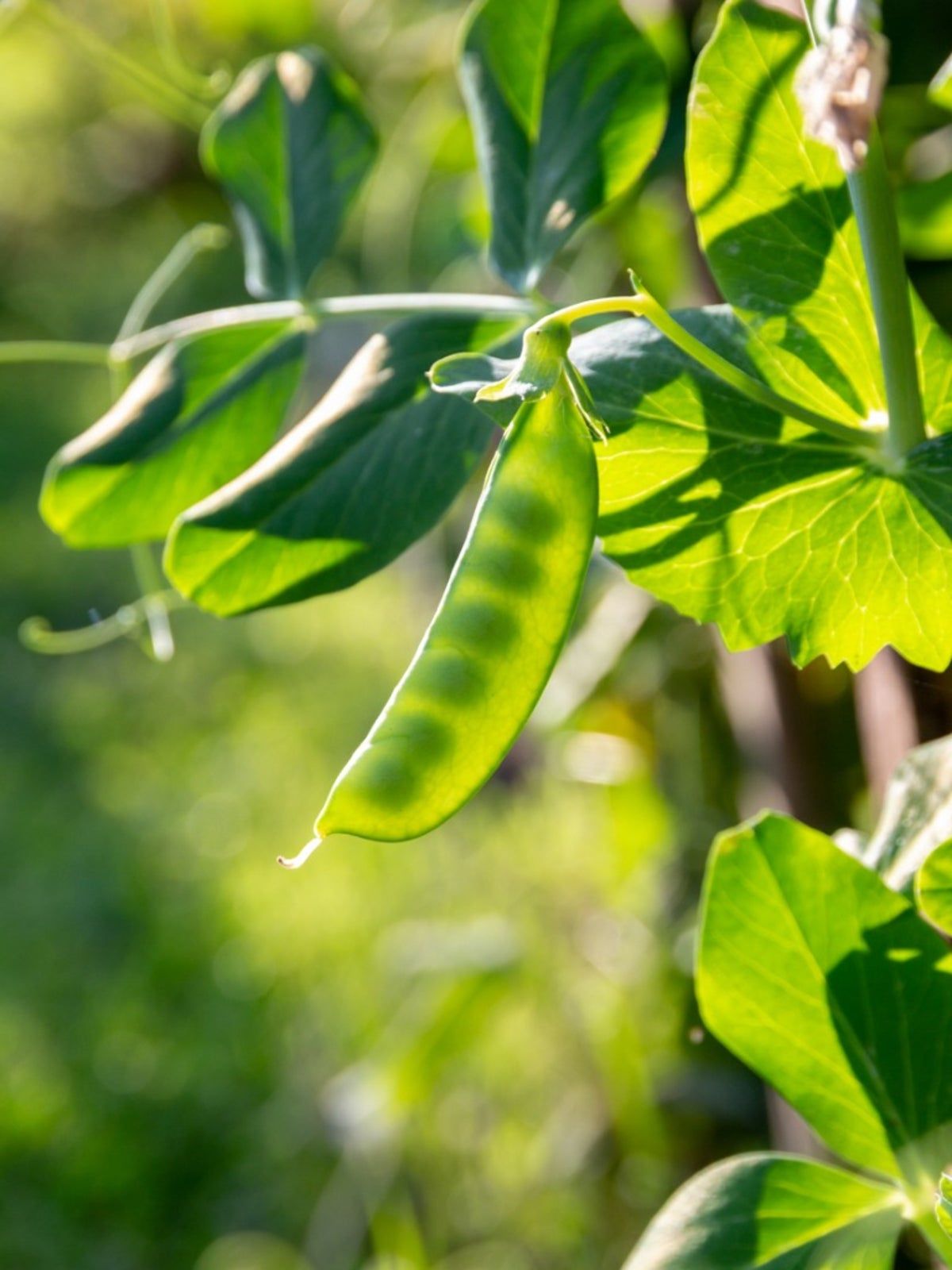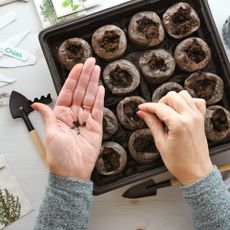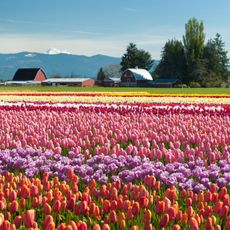Peas Wilting: Learn About Wilt On Peas


The problem of pea plants wilting in the garden can be as simple as a need for water, or peas wilting may also signal a serious, common disease called pea wilt. Wilt on peas (the disease) is soil-borne and may or may not devastate the crop.
Reasons for Pea Plants Wilting
If you have pea plants wilting in the garden, check first to make sure the soil isn't dried out. Examine stems near the bottom for bright or unusual colors of yellow, orange, or red. This may only be visible by cutting the stem open as the disease begins. Wilt that is not corrected by watering is the surest sign that your plants have a form of the disease. Several types of Fusarium wilt and Near wilt are known to horticulturists, these may perform differently when infecting your garden plants. Peas wilting from these diseases exhibit symptoms on stems and roots. They turn yellow or reddish-orange; plants become stunted and may die. Fusarium pea wilt sometimes spreads through the garden in a circular pattern. Near pea wilt has similar symptoms but is not as likely to destroy the entire crop. Plants damaged by wilt on peas should be removed from the garden, along with roots. Pea wilt disease is easily spread by tracking soil into healthy parts of the garden, by cultivation and tilling, and by the diseased plants you have removed. Plants affected by wilt on peas should be burned. There is no chemical control effective for this disease. Plants affected by pea wilt often do not produce pods, or pods are small and underdeveloped. Near wilt on peas that are older and have shown vigorous growth may not be as devastating, these plants may continue to produce a viable, useable crop.
Preventing Pea Wilt
Wilt on peas can be avoided by good cultural practices, crop rotation, and planting disease-resistant varieties. Plant peas in a different area of the garden each year. Plant in soil enriched with organic compost that drains well. Don't overwater. Healthy plants are less likely to succumb to the disease. Choose seeds that are labeled resistant to wilt. These will be labeled (WR) on the packet. Resistant varieties may grow a healthy pea crop in the infected soil. Fungi of the disease may remain in the soil for 10 years or longer. Non-resistant varieties should not be planted in the area again. Choose an entirely different growing spot, if possible.
Gardening tips, videos, info and more delivered right to your inbox!
Sign up for the Gardening Know How newsletter today and receive a free download of our DIY eBook "Bring Your Garden Indoors: 13 DIY Projects For Fall And Winter".

Becca Badgett was a regular contributor to Gardening Know How for ten years. Co-author of the book How to Grow an EMERGENCY Garden, Becca specializes in succulent and cactus gardening.
-
 When To Start Seeds Indoors For Bigger Harvests & More Beautiful Blooms
When To Start Seeds Indoors For Bigger Harvests & More Beautiful BloomsBoost your garden's productivity by learning the best times to start seeds indoors – including a month-by-month guide for crops and flowers.
By Bonnie L. Grant
-
 10 Fabulous Flower Festivals To Visit – Enjoy The Ultimate Inspiration For Your Garden
10 Fabulous Flower Festivals To Visit – Enjoy The Ultimate Inspiration For Your GardenStuck for garden inspiration and looking for more ideas on making your backyard notions a reality? Here are 10 flower festivals to help you unlock your growing potential
By Bonnie L. Grant